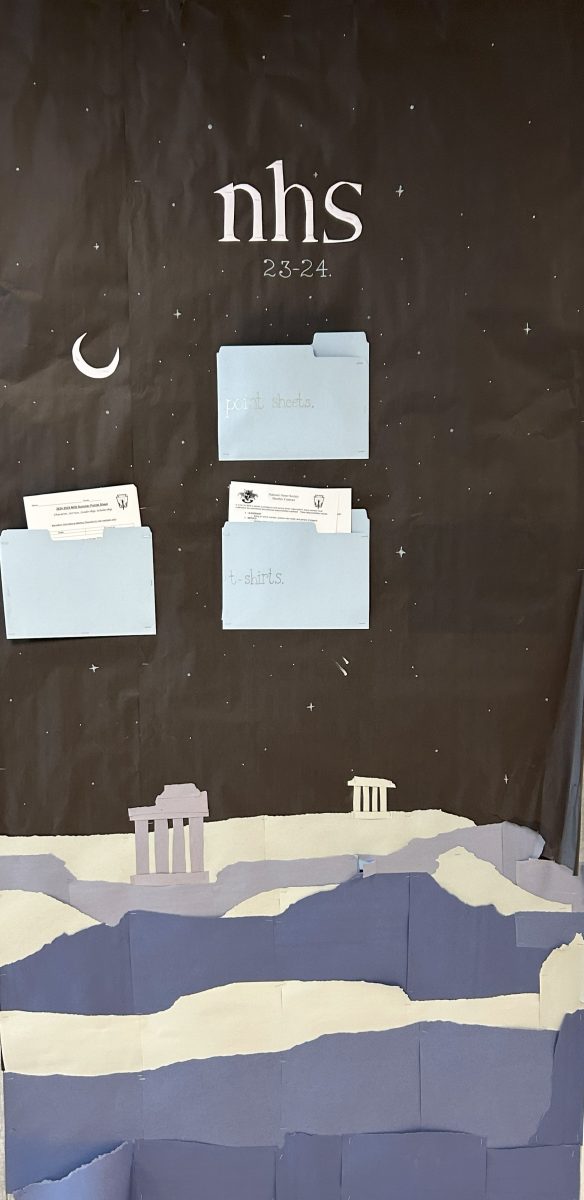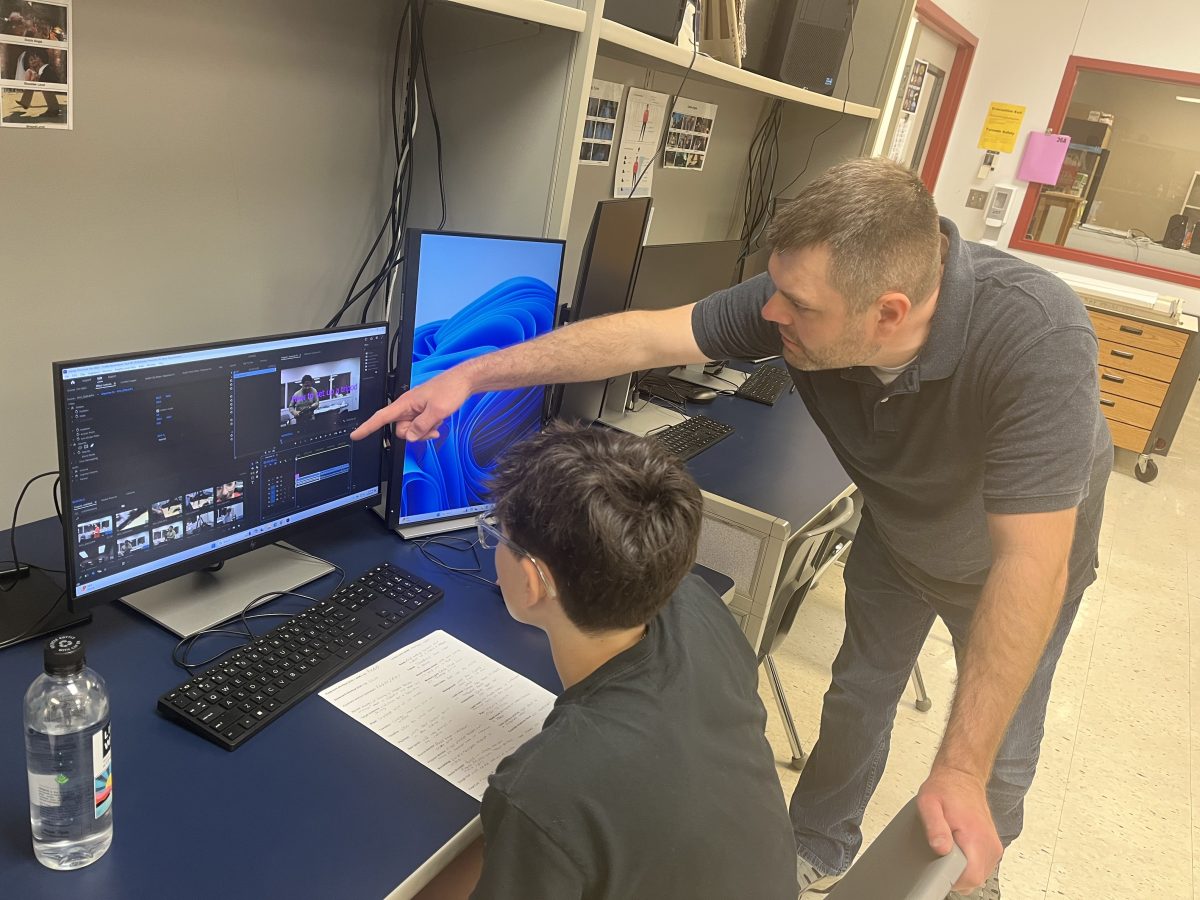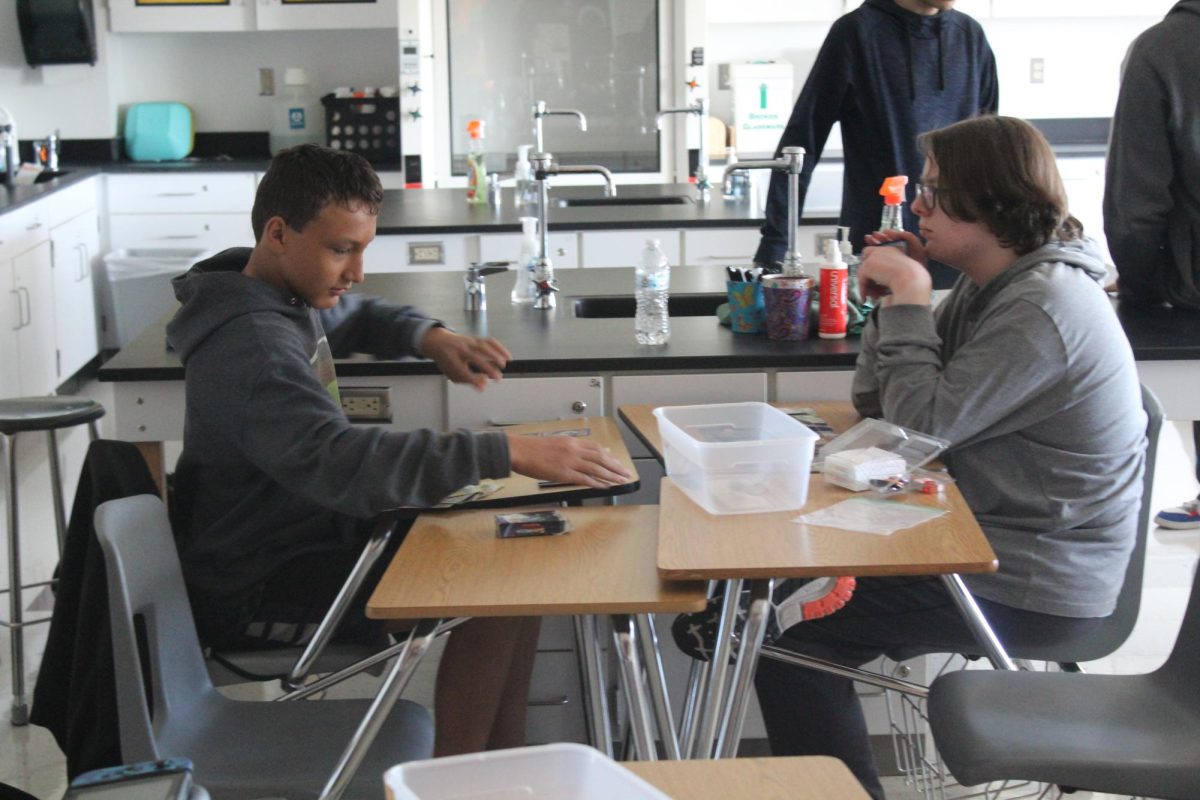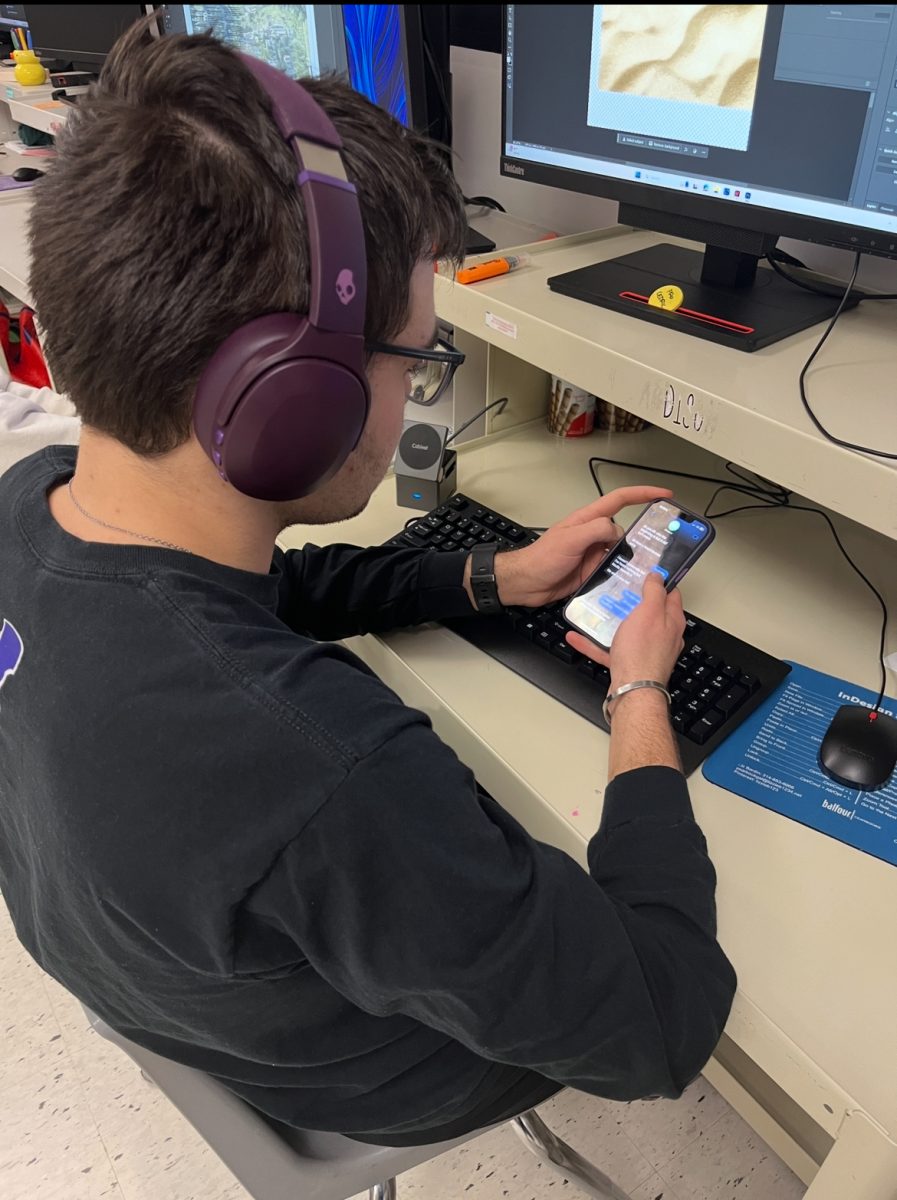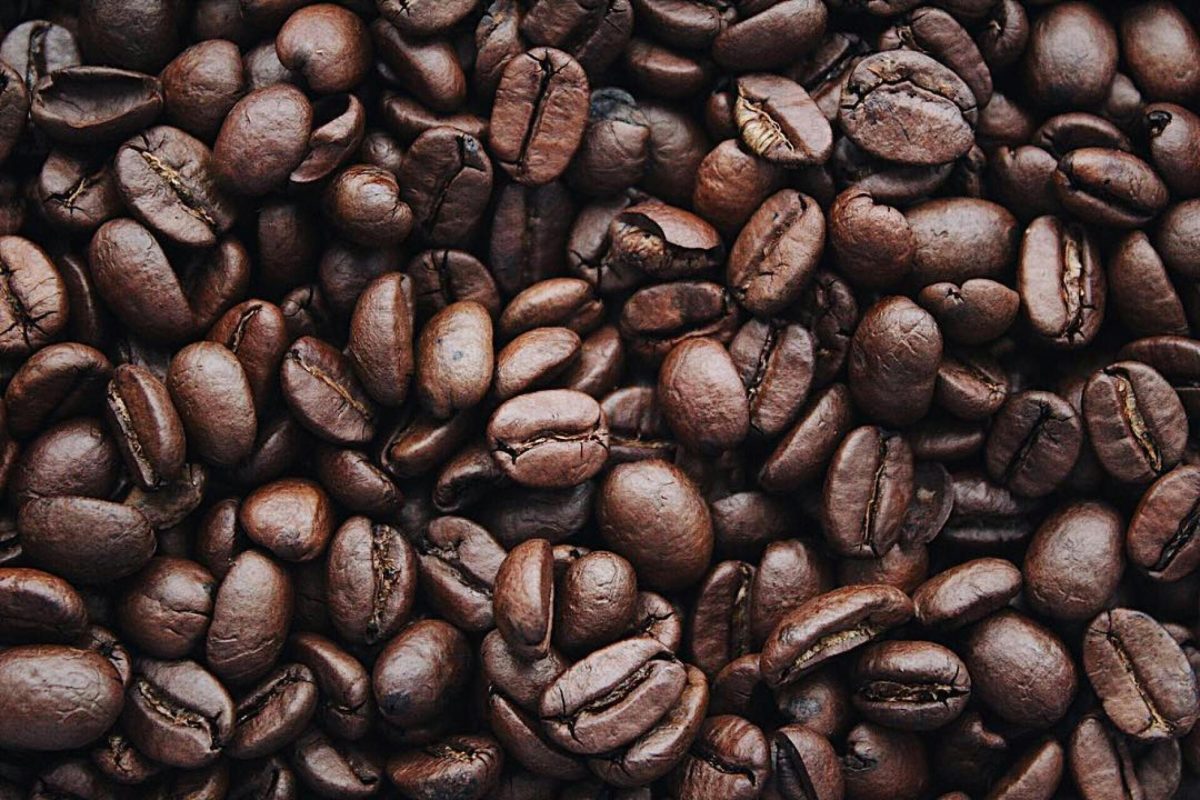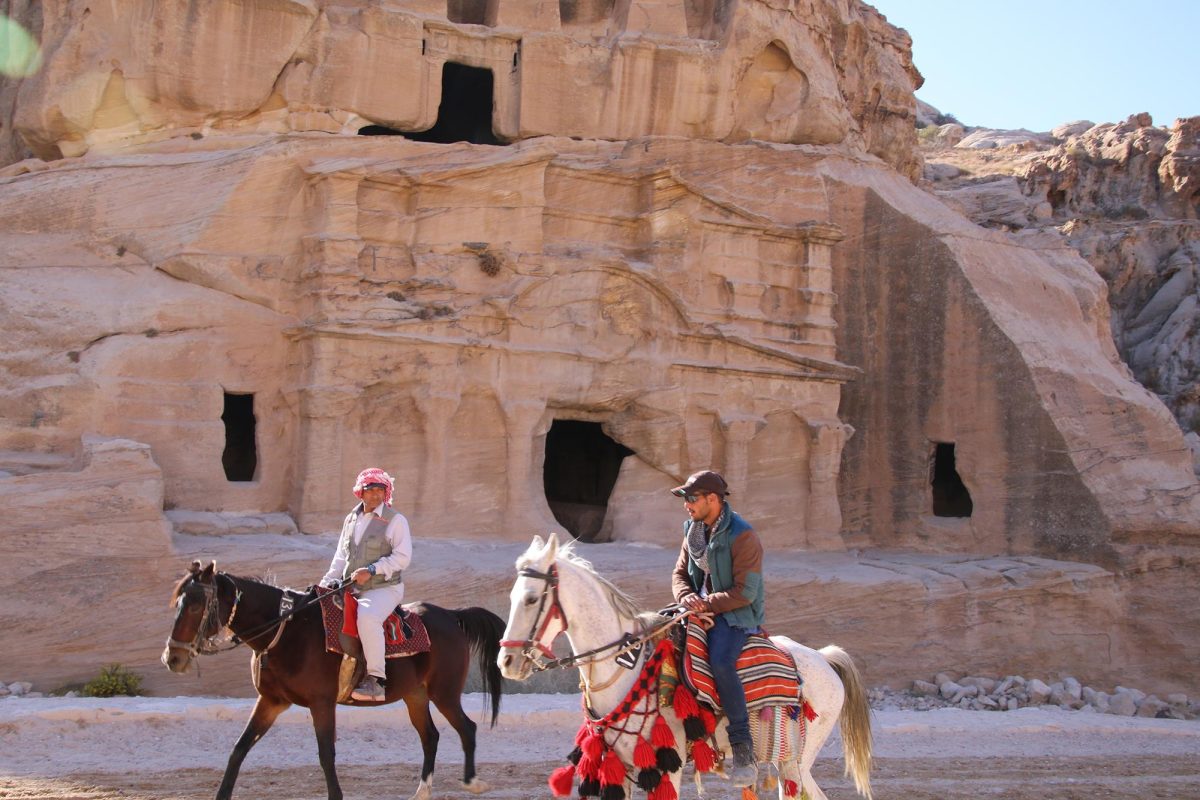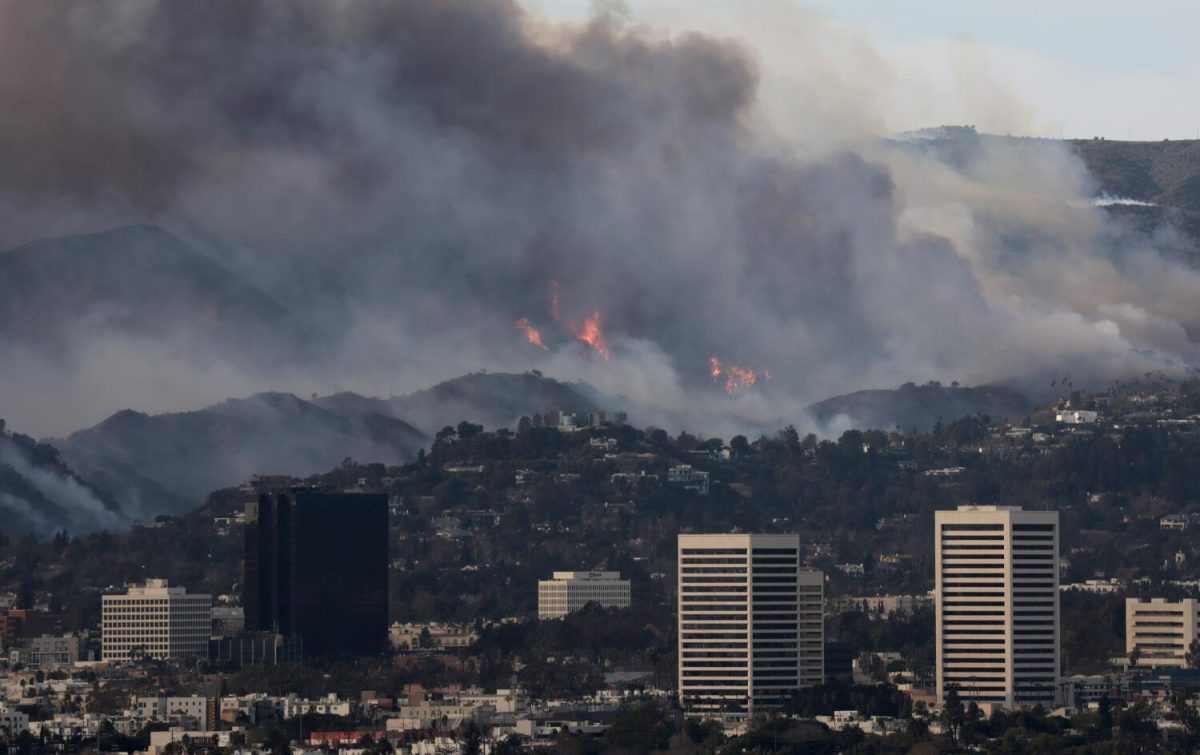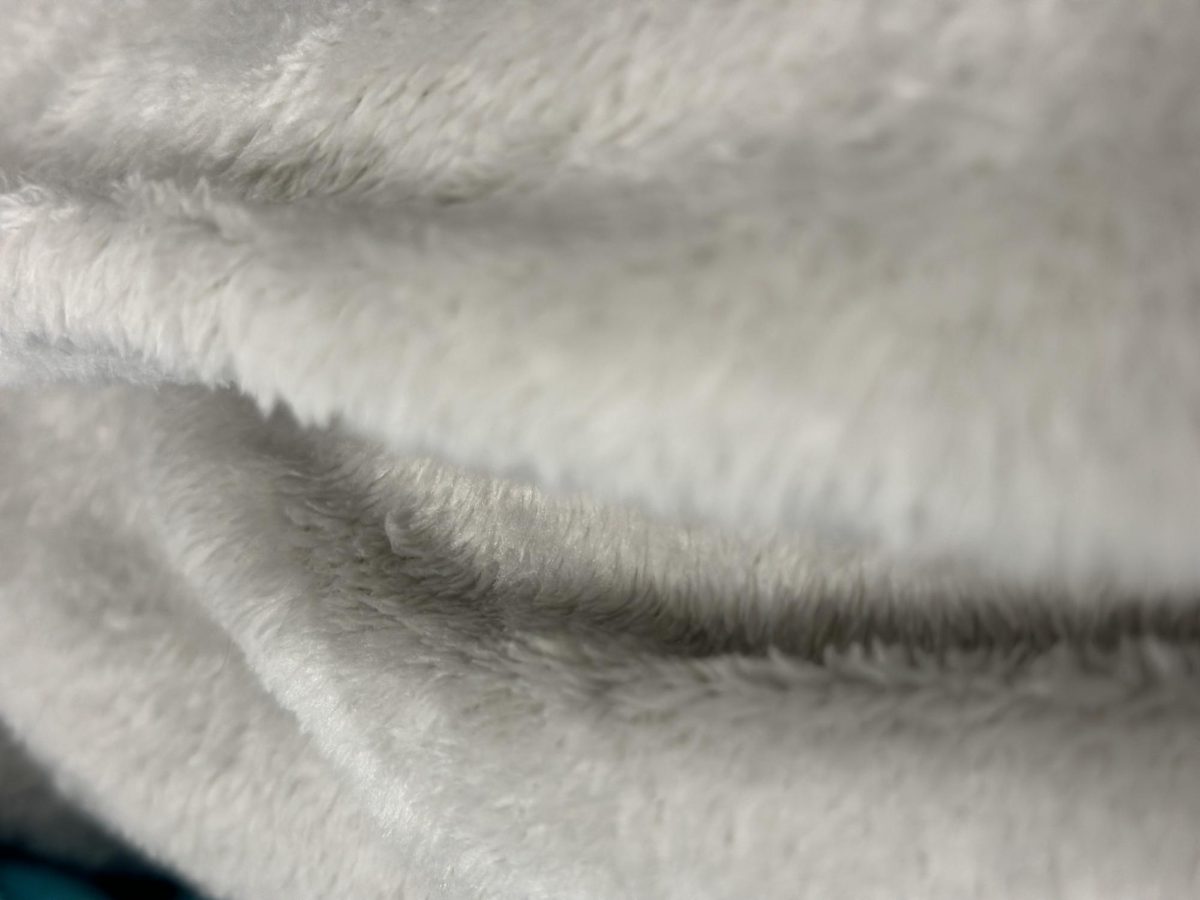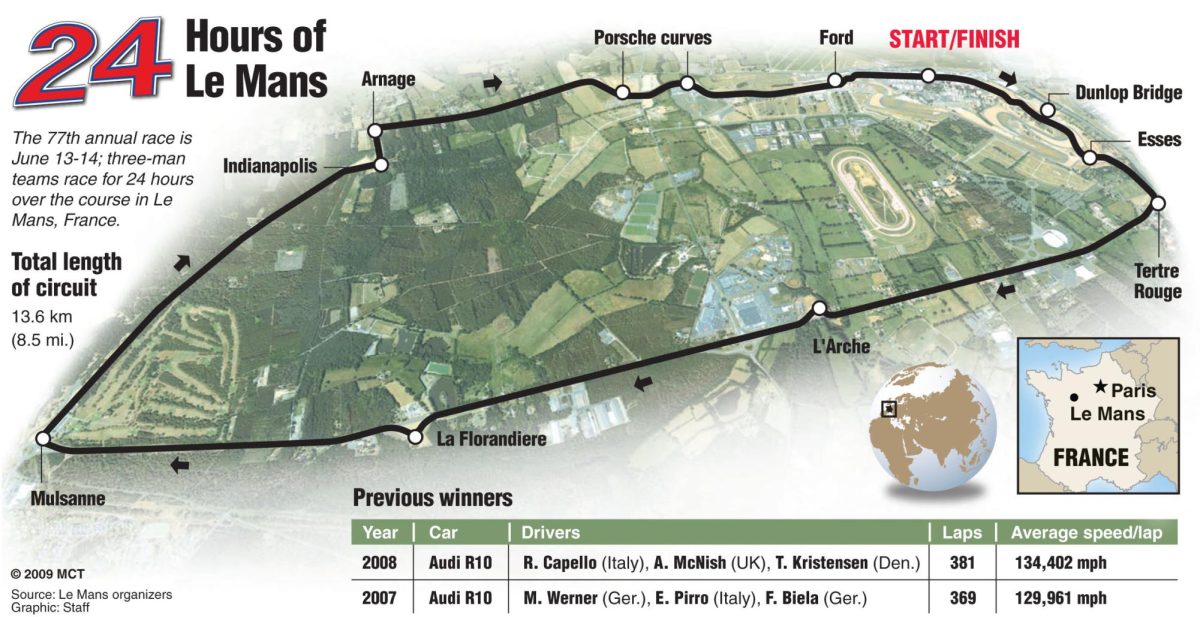Out of this World
As technology advances, so do discoveries beyond this world making the solar system seem even bigger.
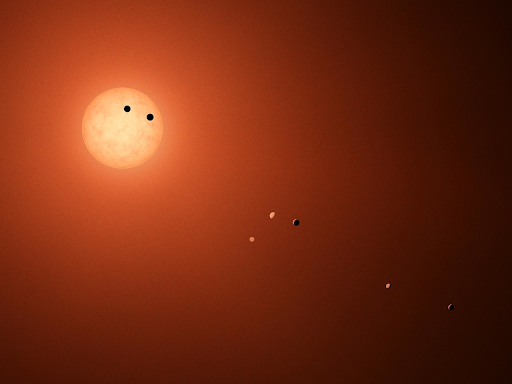
Several new discoveries have been made in space from a new planet to the first picture of a black hole.
rom China planting on the dark side of the moon to NASA’s findings of seven exoplanets outside of the solar system, there is a lot to cover on all this recent space news. One may have been wondering what has been going on 238,900 miles up.
Planet X Researchers at NASA have found evidence that there might be a ninth planet by using computer simulations and mathematics showing an elongated orbit in our solar system. Dwarf planets and other ice like objects have been cluttering up in the Kuiper Belt and following that orbit, leading to suspicion that “Planet X” might exist outside of Pluto. This “predicted planet” meaning it has not been approved by the International Astronomical Union, might be ten times larger than Earth and about the size of Neptune, according to solarsystem.nasa.gov
“It does have similar conditions where it could be habitable to what earth has and some of its systems,” astronomy teacher Heather Anderson said. “I do know that it could be potentially inhabitable because it has a lot of the same early beginnings as earth.”
China made history when planting cotton, potato seeds, yeast and fruit fly eggs on the dark side of the moon. Not only did this mean it was the first time humans have planted on a lunar surface, but it means astronauts can lighten the cargo load if the plants continue to grow. In order to do that Chang’e-4 mission lander must keep up with the varying temperatures and lower gravity to preserve the biosphere’s condition, according to engadget.com. Though the plant was not grown in the lunar surface they were safely tucked into a sealed off self-sustained biosphere to help the living conditions stay the same.
40 million light years away, a new system known as TRAPPIST-1 soars with seven earth-like planets orbiting a small, cold star. With further exploration of the planets, observations have shown the planets to be rocky which possibly could have liquid on them. These exoplanets have also been found to be orbiting very close together, so much so that if one were to be standing on one, the other planets would be clear and visible.


